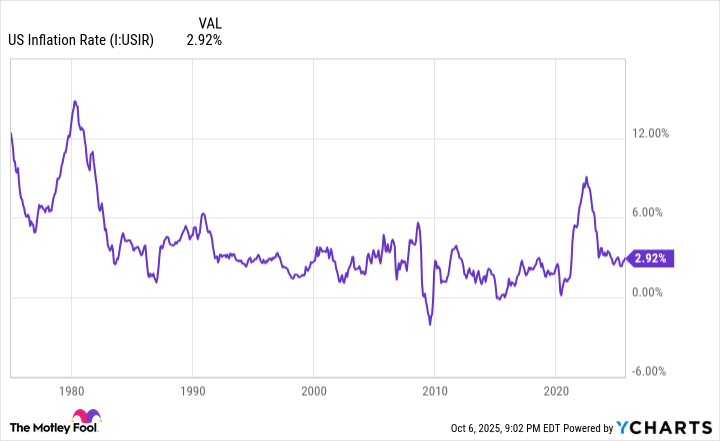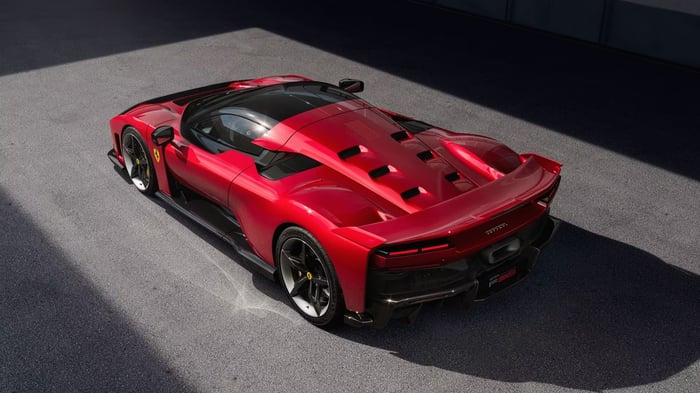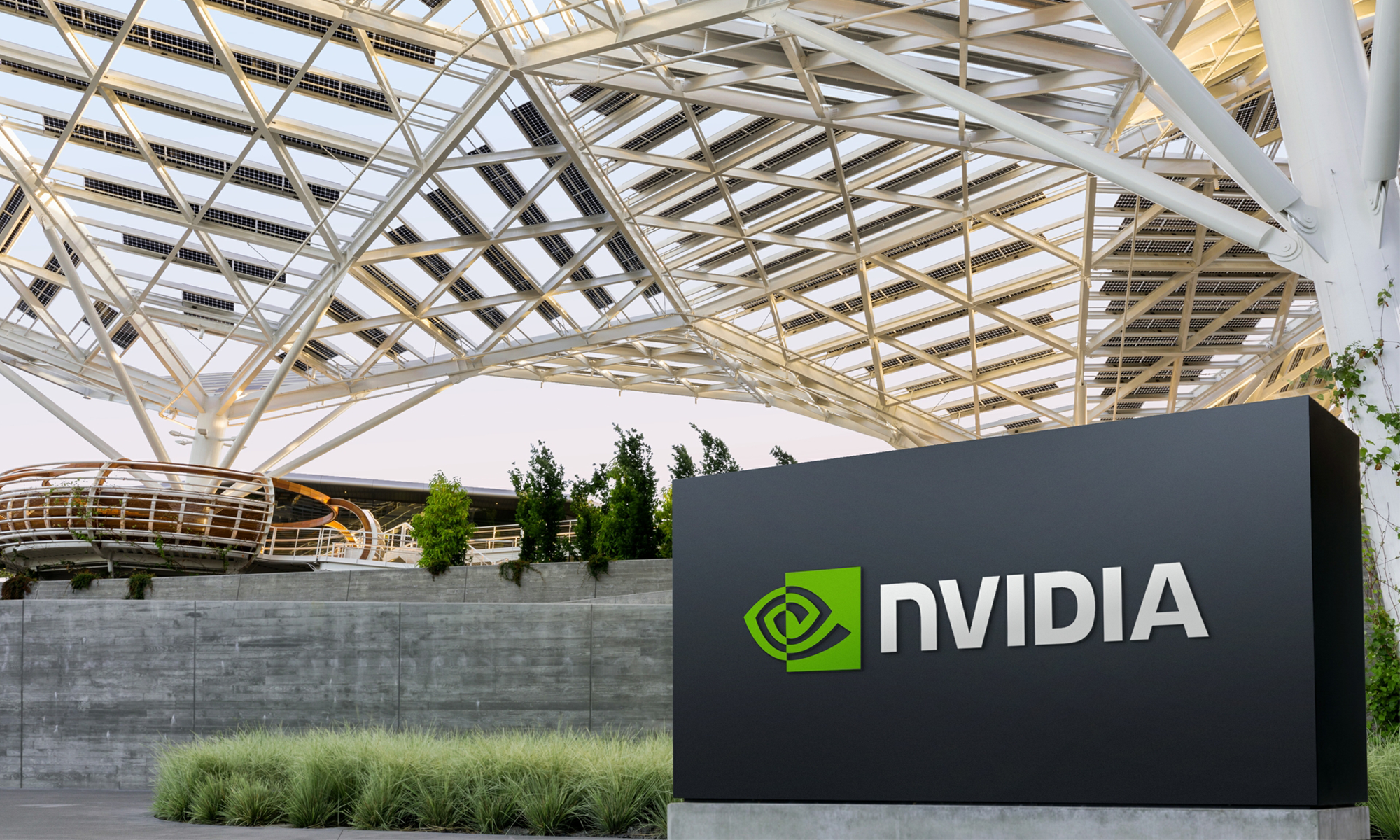Here’s the Net Worth That Puts You in the Top 10% of American Households by Age
If you want to be among the top 10% of American households, you’ll need a seven-figure net worth.
Net worth is one of the most important financial numbers to know.
You should monitor your net worth because it changes over time, and it gives you a good idea of how close you are to being financially independent and shows whether you are making progress on your financial goals.
It can also be fun to see how your net worth stacks up to your peers. In particular, you may be curious about what net worth you would need to be among the top 10% of American households. The number is, unsurprisingly, pretty big.
Here’s the amount you would need, along with some details on calculating your net worth — and increasing it.

Image source: Getty Images.
How do you calculate your net worth?
Before diving into the net worth you need to be among the top 10%, it’s helpful to consider how to calculate net worth in the first place.
Net worth is essentially how much wealth you have to your name. To calculate your net worth:
- Start by adding up the value of all your assets. Money in your bank account and savings account counts. So does money in your money market account. If you have CDs, these count as well. Same with investment dollars in a brokerage account. If you own real estate, a car, jewelry, personal items, or anything else of value, it counts toward your net worth.
- Add up all your debt. You’ll also need to add up what you owe. Credit card debts, student loans, payday loans, a mortgage, and any other financial obligations you have will all become part of your debt calculation. You can check your credit report to confirm balances on all your debts if you aren’t sure of the amounts.
- Subtract the amount of your debt from the value of your assets. If your assets are worth $500,000, for example, but you have $350,000 in debt, then you subtract $350,000 from $500,000 to discover that your net worth is $150,000.
If your net worth is negative, that’s pretty common if you’re young. Many people don’t own much, and they borrow for school, so they graduate with a lot of debt.
As you get older, though, your net worth should be growing as you build up money in brokerage accounts and retirement plans.
Are you in the top 10% of American households?
Now that you know how net worth is calculated, you may want to see where you stand.
The best information on this comes from the Federal Reserve’s Survey of Consumer Finances, which comes out once every three years. Unfortunately, the most recent data is from 2022. Still, we can take a look at that information to get an idea of what the top 10% of earners have in terms of wealth.
Based on this data from the Federal Reserve, the top 10% of American households had a net worth of at least $1,936,900, although the threshold varies by age. For example:
- Among 18 to 29-year-olds, you’d need $281,550 or higher to be in the top 10%
- Between 30 to 39, you’d need $711,400
- Between 40 to 49, you’d need $1,313,700
- Between 50 to 59, you’d need $2,629,060
- Between 60 to 69, you’d need $3,007,400
- At age 70 and over, you’d need $2,862,000
While these are high numbers, the amount is most likely even higher today due to the stellar performance of the stock market and the increase in real estate values in recent years.
While the Federal Reserve should have new data soon, these numbers show that it takes millions to be among the wealthiest Americans in terms of net worth.
Still, regardless of how you compare to your peers, what’s important is that you work on growing your own net worth by paying down debt, investing in your 401(k), IRA, and other accounts, and making smart financial choices that make you more financially secure over time.



